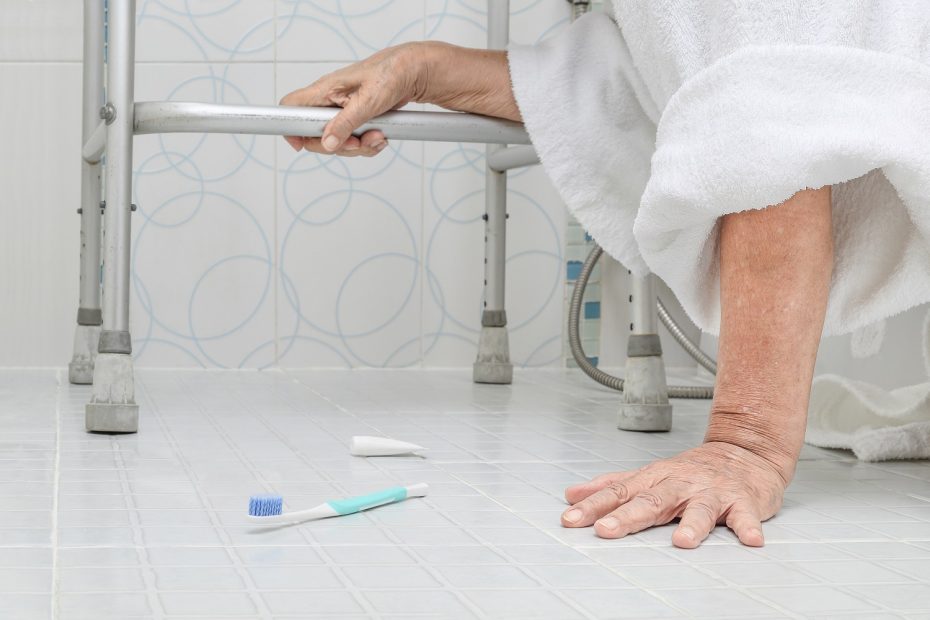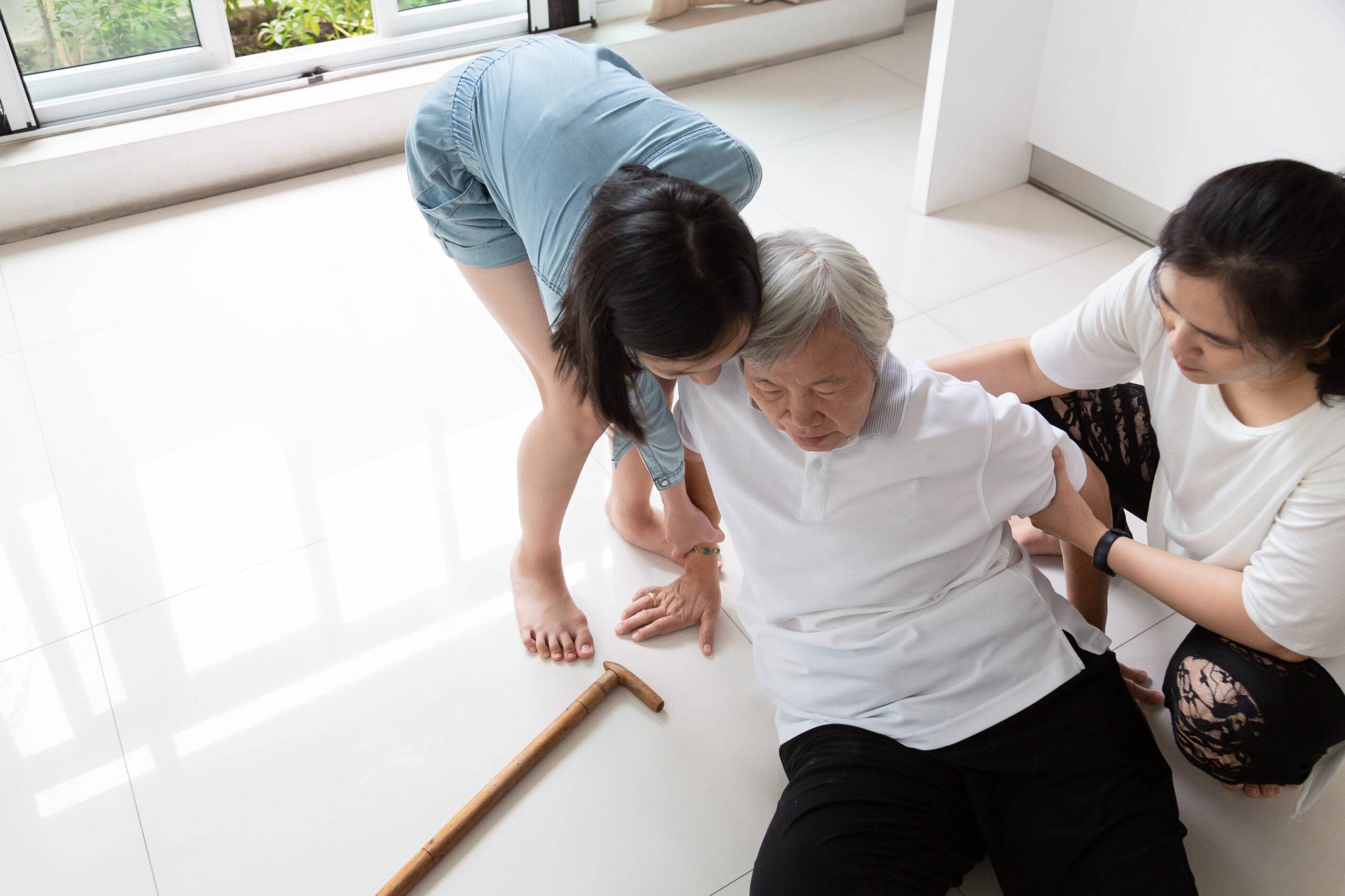In today’s fast-paced world, the integration of advanced technology in healthcare systems is not just a luxury but a necessity. One such technological advancement is the fall detection integrated with hospital systems. This innovation is pivotal in enhancing patient safety and providing better healthcare services. By seamlessly blending technology with medical care, hospitals can ensure timely interventions, thereby reducing the risk of injuries and improving patient outcomes.
The importance of fall detection integrated with hospital systems cannot be overstated. With an aging population and an increasing number of patients with mobility issues, the need for efficient fall detection mechanisms is more pressing than ever. This technology not only aids in immediate response to falls but also helps in gathering data that can be used for further research and preventive measures.

Understanding Fall Detection Systems
Fall detection systems are designed to detect and alert caregivers of falls, especially in elderly patients. These systems use a combination of sensors, algorithms, and sometimes artificial intelligence to accurately identify a fall event. The integration of these systems into hospital networks allows for real-time monitoring and quick response, which is crucial in preventing severe injuries.
How Do Fall Detection Systems Work?
These systems typically use accelerometers and gyroscopes to monitor the movement of patients. When a sudden change in movement is detected, the system sends an alert to the hospital’s central monitoring system. This alert can then be acted upon by healthcare professionals, ensuring that the patient receives immediate attention.
Benefits of Integrating Fall Detection with Hospital Systems
The integration of fall detection systems with hospital networks offers numerous benefits. Firstly, it ensures that patients get immediate help in case of a fall, minimizing the risk of complications. Moreover, it allows for continuous monitoring, providing healthcare professionals with valuable data that can be used to improve patient care.
Improved Patient Safety
With fall detection systems in place, hospitals can significantly enhance patient safety. These systems ensure that falls are detected immediately, allowing for quick intervention and reducing the risk of serious injuries.
Data Collection and Analysis
The data collected from fall detection systems can be used for further analysis. This information can help in identifying patterns and risk factors associated with falls, enabling hospitals to implement preventive measures and improve patient care.
Challenges in Implementing Fall Detection Systems
Despite the numerous benefits, there are challenges in implementing fall detection systems in hospitals. One of the primary challenges is the cost associated with the installation and maintenance of these systems. Additionally, there is a need for continuous training of staff to ensure the effective use of the technology.
Cost Considerations
The initial investment for setting up fall detection systems can be substantial. However, the long-term benefits in terms of improved patient safety and reduced healthcare costs make it a worthwhile investment.
Training and Adaptation
For effective implementation, hospital staff need to be adequately trained to use fall detection systems. Regular training sessions and updates are essential to ensure that the technology is used effectively.
The Future of Fall Detection in Healthcare
As technology continues to evolve, the future of fall detection integrated with hospital systems looks promising. With advancements in artificial intelligence and machine learning, these systems are expected to become even more accurate and efficient, further enhancing patient safety.
Integration with Other Healthcare Technologies
The integration of fall detection systems with other healthcare technologies, such as electronic health records and telemedicine, can lead to a more comprehensive approach to patient care. This seamless integration can ensure that healthcare professionals have all the necessary information to provide the best possible care to patients.
Potential for Research and Innovation
The data collected from fall detection systems can be used for further research and innovation in the field of healthcare. By understanding the patterns and causes of falls, researchers can develop new strategies and technologies to prevent them, ultimately improving patient outcomes.
Conclusion
In conclusion, the integration of fall detection systems into hospital networks is a significant step forward in enhancing patient safety and improving healthcare services. While there are challenges in implementation, the benefits far outweigh the costs. As technology continues to advance, the potential for improving patient care through the use of fall detection systems is immense.

FAQs
What are fall detection systems?
Fall detection systems are technologies designed to detect and alert healthcare professionals of fall events, especially in elderly patients.
How do fall detection systems improve patient safety?
These systems provide real-time alerts, allowing for immediate intervention and reducing the risk of severe injuries from falls.
What are the challenges in implementing fall detection systems?
The primary challenges include the cost of installation and maintenance and the need for continuous staff training.
This article contains affiliate links. We may earn a commission at no extra cost to you.






